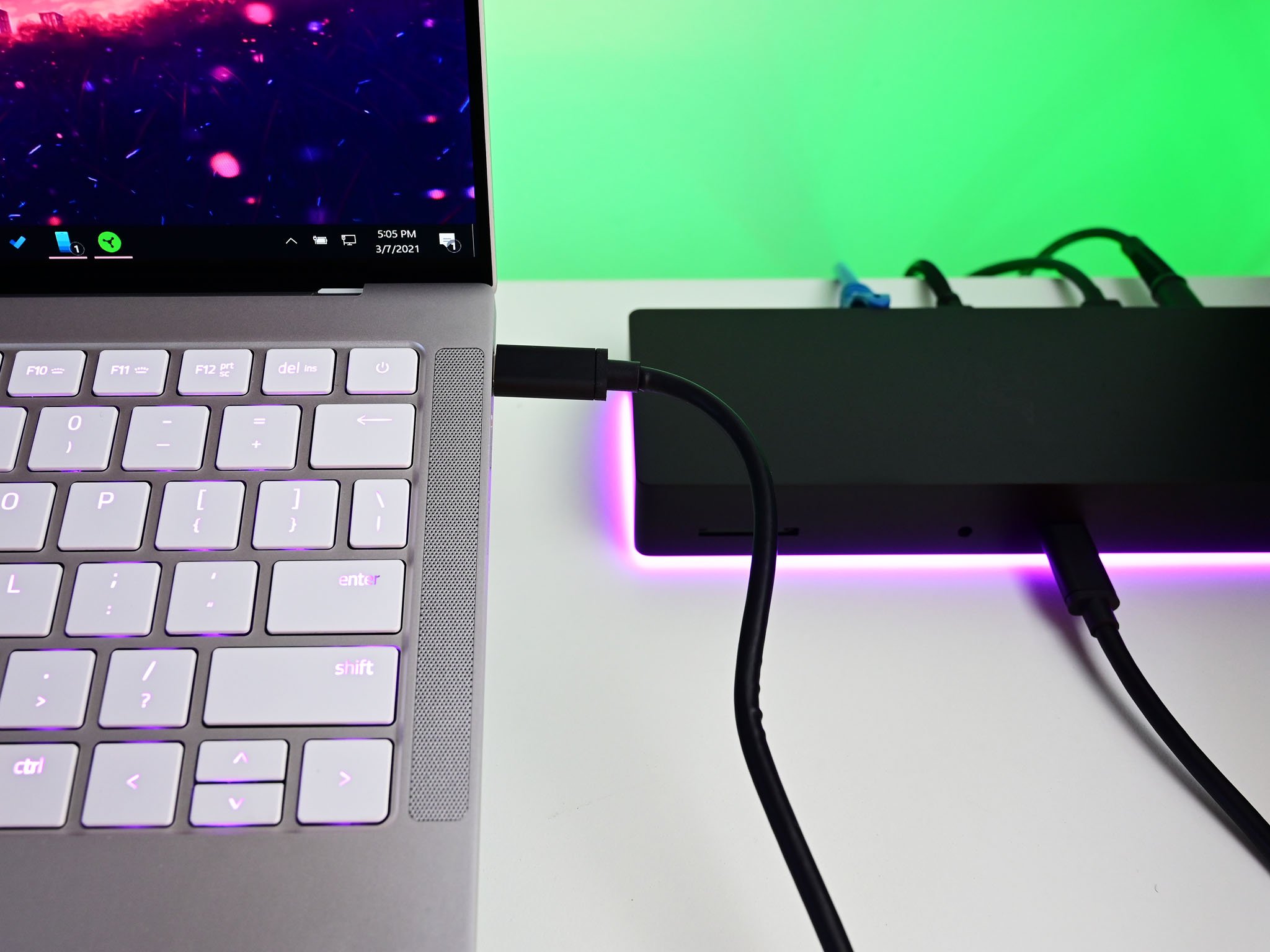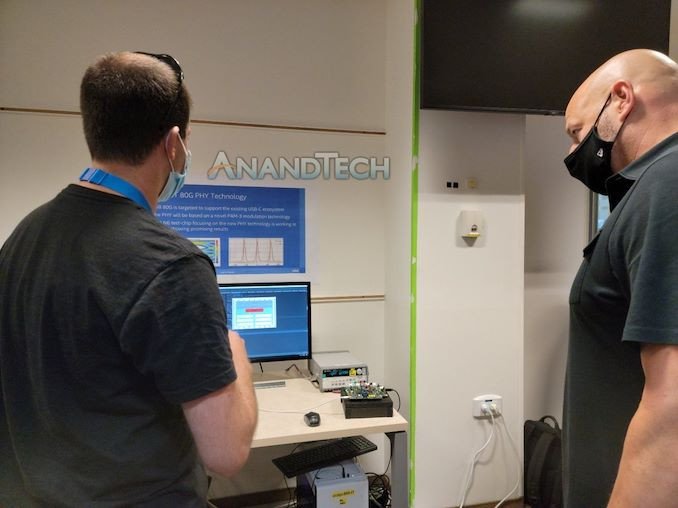The executive vice president and general manager of Intel's Client Computing Group accidentally posted details about what appears to be Thunderbolt 5.
What you need to know
- An Intel executive may have accidentally leaked details about Thunderbolt 5.
- Thunderbolt 5 appears to hit speeds of 80 Gbps, which is double the speed offered by Thunderbolt 4.
- A now-deleted image was briefly shared on an Intel executive's Twitter account with details about the technology.
An Intel executive may have just accidentally shared details about Thunderbolt 5 on Twitter. Gregory Bryant, executive vice president and general manager of Intel's Client Computing Group, shared photos of his visit to Intel's research and development facilities in Israel over the weekend. The tweet originally included four images, one of which listed details that are likely related to Thunderbolt 5. It now only includes three images.
The now-deleted image features a poster discussing "80G PHY Technology." As explained by AnandTech, this indicates that Intel is making a physical layer (PHY) for 80 Gbps connections. For context, the best Thunderbolt 4 hubs and docking stations only reach speeds of 40 Gbps.
The second row of the image says that 80G PHY technology is "targeted to support the existing USB-C ecosystem."
The next line discussed PAM-3 modulation technology. Anandtech breaks down the differences between PAM-3, PAM-4, and NRZ tech. The main takeaway is that the PAM-3 tech mentioned on the poster allows devices to have high bandwidth with fewer limitations than some alternatives.
Day 1 with the @intel Israel team in the books. Great views…incredible opp to see @GetThunderbolt innovation …a validation lab tour and time with the team…can't wait to see what tomorrow brings! pic.twitter.com/GKOddA6TNi
— Gregory M Bryant (@gregorymbryant) August 1, 2021
While the poster doesn't confirm details about Thunderbolt 5, the fact that Bryant removed the image so quickly likely means that Intel has some big plans in the works for USB-C connections.


No comments: